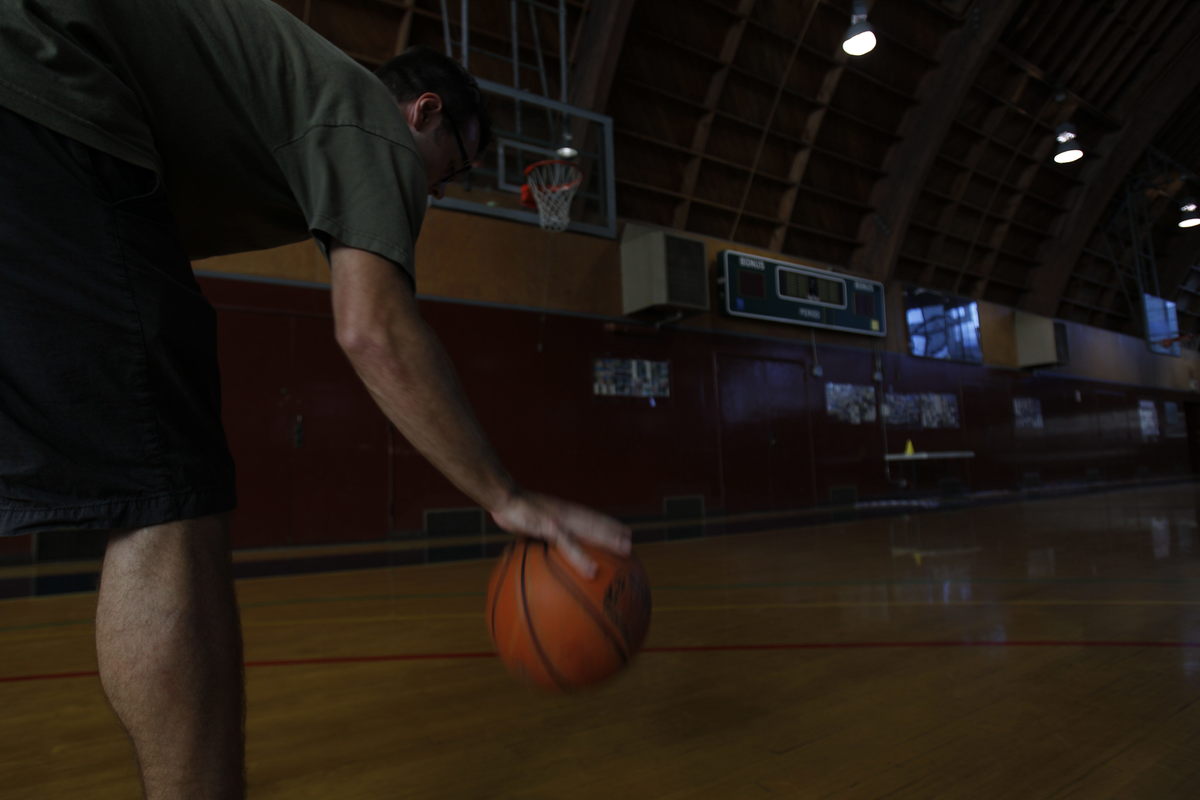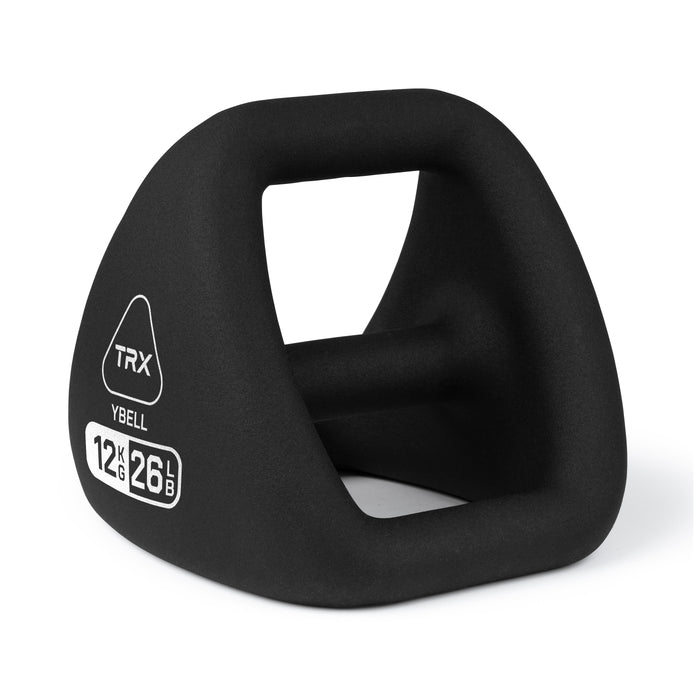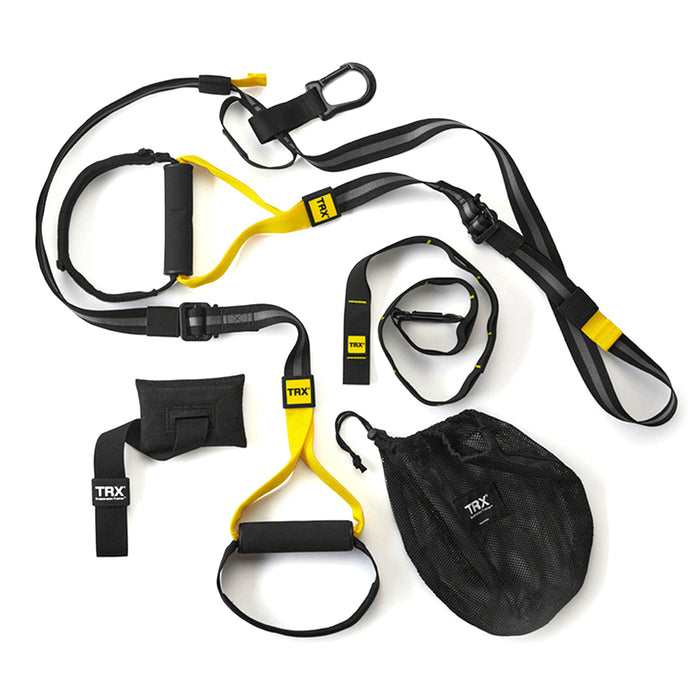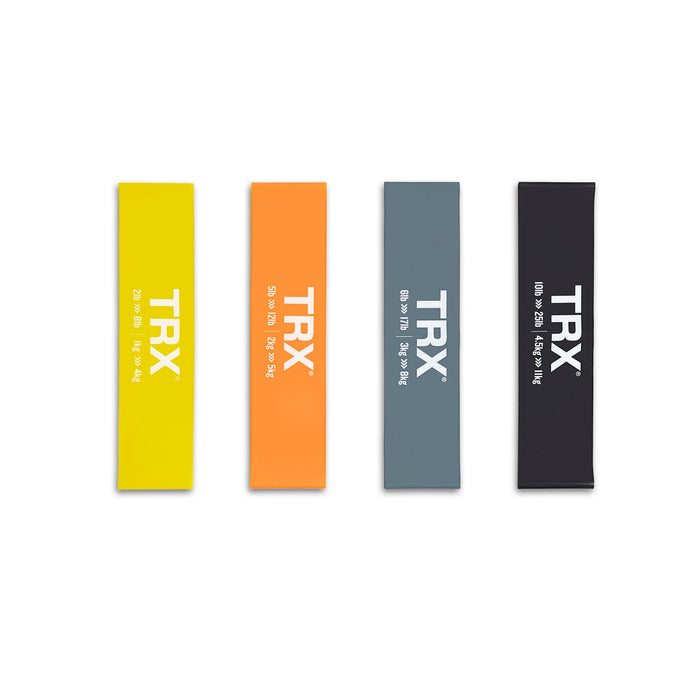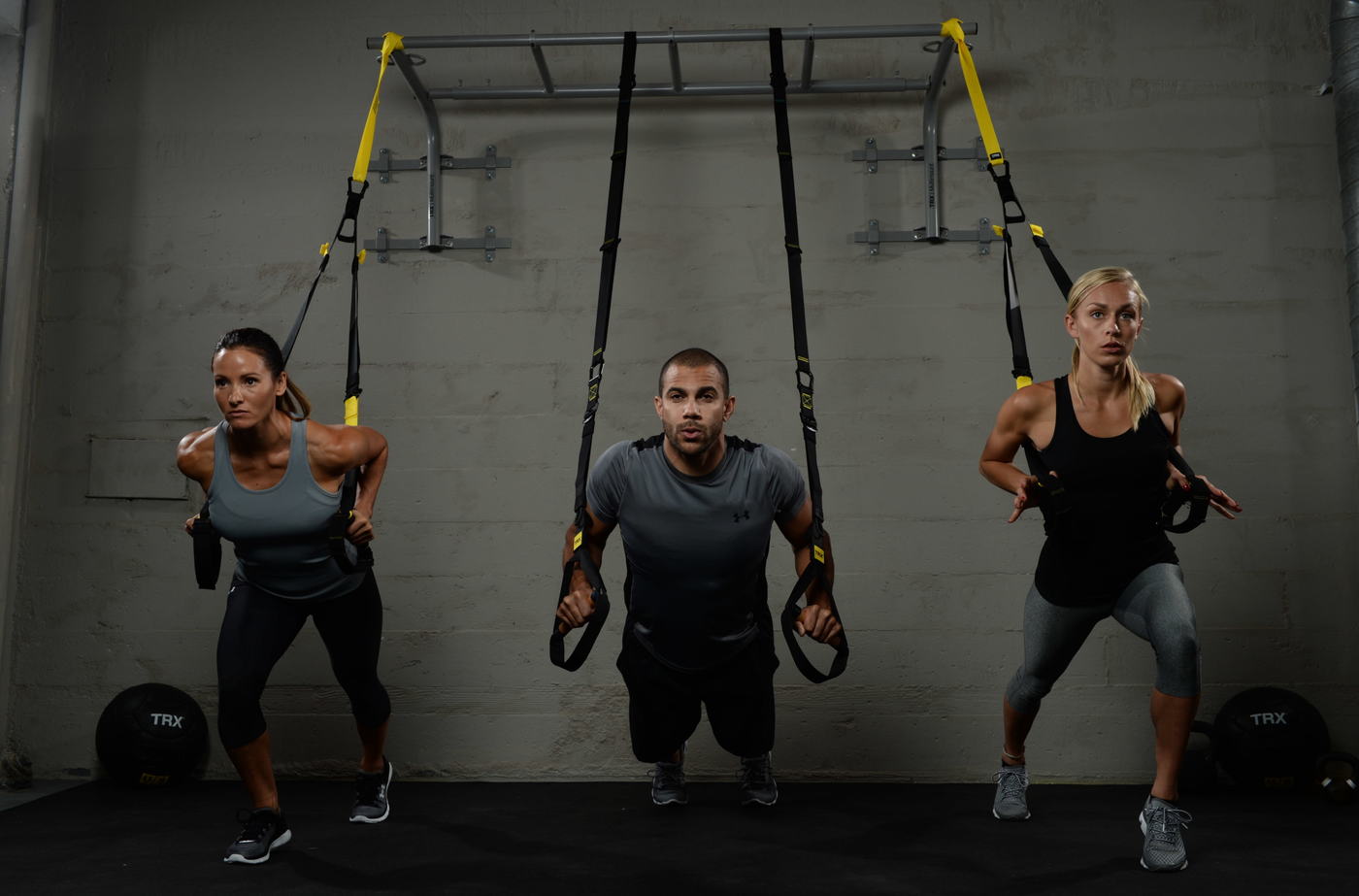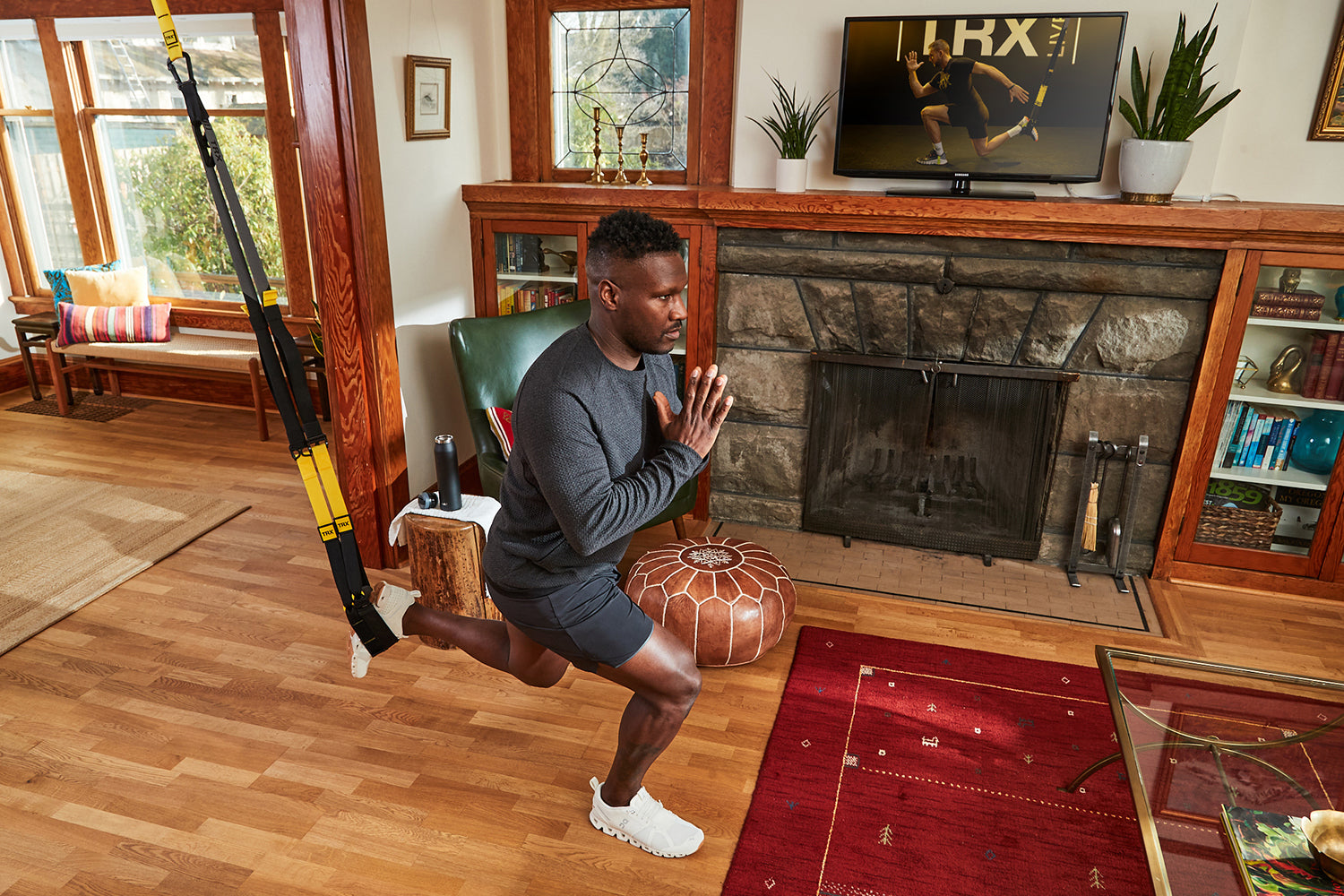Are ready to take your basketball skills to the next level but not sure where to start? We're going to show you the 12 best strength exercises for basketball players that can help you improve your overall strength, reduce injury, improve balance, and help you be a more well-rounded athlete!
Are you ready to start becoming a stronger and better basketball player today? Let's check out the essentials it takes to get there!
Why Do Strength Training for Basketball?
It is essential to take on strength training as a basketball athlete to improve your overall strength and athletic abilities and reduce injury.
Injury prevention might be the number one reason to strength train. If you're injured you're not able to play and enjoy the sport you love as well as not being able to improve on your skills to become a better and stronger basketball player.
Strength training for basketball players will help in specific areas like shooting rebounding and playing defense. Being a stronger, more well-rounded Athlete on the court will help you whether you're trying to take it to the next level or just be the strongest competitive athlete in a recreational League.
The Best Basketball Exercises
Now that we've explored the importance of strength training for basketball, let's dive into some of the most effective exercises to elevate your game. (Want to find the perfect strength training routine for your specific position and playing style? Our quick assessment quiz can create a personalized basketball training plan just for you!) We'll be covering a powerful combination of weighted exercises, TRX movements, and specialized bodyweight drills, all designed to enhance your athletic performance on the court.
12. Trap Bar Deadlift
One of the best exercises to help an athlete develop lower body strength as well as explosiveness when programmed correctly. Loading the bar heavy and performing smaller sets will work on strength while loading the bar lighter and moving quickly or explosively will help improve jumping!
One of the biggest advantages of using the Trap bar for deadlifts is the ability to keep the weight more in line with the body, reducing potential strain on the lower back as well as not having to reach as low to the ground because of the elevated handles.
When setting yourself up for the trap bar deadlift:
- Make sure you start with the appropriate weight
- Start standing inside the trap bar holding onto the handles
- Feet should be hip to shoulder width apart
- Knees slightly bent, Hips maximally bent, core braced, shoulders engaged
- Lift the bar by standing straight up pushing your heels into the ground until your shoulders or over your hips
- Return by lowering the bar to the ground, hips back, knees slightly bent, the core still braced.
It is always best to start with a coach or someone to watch your form and keep you in check when lifting heavy weights. Never attempt a lift if something doesn’t feel correct. Reset, realign, and reassess if needed.
11. TRX Side Plank
The TRX Side Plank is one of the most useful core exercises for stability and strengthening the obliques, shoulders, and hips.
Having a stronger core will help improve your balance and stability as well as improve direction change. The core is essential in your ability to balance and move strong and efficiently. Improvement in balance and stability will greatly help reduce the risk of injury and improve sports performance.
- TRX will be set up at mid-length
- Place your toes through both foot cradles, hips, and shoulders stacked
- Lift your hips so they are aligned with your shoulders and heels and hold for the desired time.
- Looking to keep your body straight like a surfboard
10. Lateral Lunges
Lateral movements in basketball are essential movements for defensive guarding or offensive maneuvering. Improving the muscles that are directly responsible for those movements is highly encouraged.
Lateral Lunges are one of the greatest injury-prevention exercises for basketball players. Due to the rotational movement, direction changes demand, and pivoting that occur in basketball. Strengthening your adductors, glute, and dip rotators will help reduce injury, and improve balance, as well as stability.
You can choose to perform the Lateral Lunge in a variety of different ways with weights, body weight, or assistance like a TRX Suspension trainer to improve range of motion and core recruitment.
Set up for the Lateral Lunge:
- Start feet out wide toes straight ahead
- Begin by bending one knee and dropping your hip towards and behind your heel while maintaining an upright torso
- Return to standing without letting your torso dip forward of knee collapse
- Then repeat on the other side
- You can level this up by stepping to the side into the lunge and then explosively pushing yourself back to standing
Using a variety of lateral lunges will help you develop stronger hips and adductors therefore further assisting in injury prevention.
9. Trap Bar Deadlift
We will talk about the trap bar deadlift but this time for more explosive movements. With the trap bar deadlift, you can load up the bar with lighter weight or even add resistance bands so you can quickly stand or in some cases explode and jump off of the ground. This will help develop strength for jumping as well as resilience and injury prevention when landing from jumping during a game.
When setting yourself up for the trap bar deadlift for explosive movement/jumping:
- Make sure you start with the appropriate weight
- Start standing inside the trap bar holding onto the handles
- Feet should be hip to shoulder width apart
- Knees slightly bent, Hips maximally bent, core braced, shoulders engaged
- Quickly stand and lift the bar by standing straight up pushing heels into the ground until your shoulders or over your hips.
- Return by lowering the bar to the ground under control, hips back, knees slightly bent, core still braced. You can add a jump to this by hopping at the top of the extension but being cautious to land softly with
It is always best to start with a coach or someone to watch your form and keep you in check when lifting heavy weights. Never attempt a lift if something doesn’t feel correct. Reset, realign, and reassess if needed.
8. TRX Power Pull
If you can get a TRX suspension trainer, you should get one. They’re one of the best gifts for basketball players and assist with many functional movements that are important for basketball like jumping and rotating.
One of the best pulling and rotational exercises you can train is the TRX Power pull! It engages the posterior chain and the shoulder as well as the core. It provides strength as well as explosiveness for the upper body and hips.
As a basketball player, you will use all of those things at the same time when playing so this exercise aligns perfectly with your training program.
Set up for the TRX Power Pull:
- TRX is set at Mid Length, Single handle mode, stand facing the anchor point
- Holding onto one handle with your hand toward your armpit, the opposite hand reaching up to touch the suspension trainer
- Begin by lowering yourself down by extending your arm and rotating away from the anchor point
- Make sure the arm that’s holding onto the TRX handle internally rotates at the bottom of the extension
- Return by re-engaging the shoulder or externally rotating the shoulder, rotating the torso, and bending the arm that is holding onto the TRX handle
- Make sure to keep your shoulders and hips aligned and not bend the knees
You can make this exercise harder by stepping in towards the anchor for a more strength-orientated workout or stepping back away from the anchor to focus on more power and explosiveness.
7. TRX Crossing Balance Lunge
When it comes to a balanced basketball player you will find that improved balance will help your coordination as well as overall agility and performance.
The TRX Crossing balance lunge can be one of the best exercises to help improve your balance as well as strength and your glutes, quads, and hips! Its ability to load a single limb to challenge your strength as well as unload by holding on to the handles to improve explosiveness adds a wide variety to your training program.
Setting up the TRX Crossing balance lunge:
- TRX will be set at mid-length
- Holding on to both handles stand on one leg facing the anchor points
- Begin by bending the leg you're standing on, taking the other leg and crossing the knee directly behind the ankle hovering it above the ground
- Return by pressing through the standing leg lightly holding on to the handles and bringing the free knee up towards your chest
- Repeat on the other side as needed
This is a great exercise again to integrate into your workout to improve balance, strength, and agility.
6. Bench Press
The bench press is a time-tested proven way to improve upper body strength. Due to its ability to progressively overload the muscles The chest press can be performed with a straight bar, dumbbells, or even kettlebells.
It is essential to have a strong upper body when defending in basketball or shooting! being able to box out an opponent or fight for a rebound you'll have the advantage of having a stronger upper body.
Setting up the bench press:
- Being sure to choose the appropriate weight is essential
- When performing a straight bar bench start lying on your back under the bench with the barbell just above shoulder height
- Grabbing onto the bar with your hands shoulder width or slightly wider apart
- Begin by pushing the bar off of the rack toward the ceiling
- Then bending both elbows let the bar come straight down towards your chest, being sure not to rest the bar on your chest, but just slightly touch
- Then press the bar back up towards the ceiling by extending the arms and slightly trying to bend the bar as you press up
- Return the bar to the racked position
You can vary the bench press in different ways to help push past plateaus whether you're using a straight bar, dumbbells, or kettlebells. It's always best to perform heavy weights with a spotter.
5. Squats
Lower body strength is critical for basketball players! Everything from jumping, and agility, to speed relies upon a strong foundation! Going up for a rebound and having strong legs may mean you can jump higher when being on defense, you may be able to stay lower and move quicker, and when sprinting down the court on a fast break you may be a little faster.
Setting up for squats:
- When setting up for a squat, it is important to align your feet shoulder width apart
- Toes can be slightly turned out as long as the knees track in line with the toes
- When performing a squat with weight bracing your core and trying to maintain a vertical torso is
- Be sure not to squat too low to prevent a posterior pelvic tilt in your lower back.
Again squats can be performed with body weight to work on explosiveness or with a barbell and a front rack position, a back squat position, or even with heavy kettlebells.
4. Deadlifts
- Describe the benefits of deadlifts for total body strength.
- Emphasize their role in core stability and explosiveness.
- Include instructions for safe and effective deadlifts.
The deadlift can be one of the most effective ways to help an athlete create lower body strength, core strength as well as strong shoulders! so overall a stronger total body!
Deadlifts can help improve explosiveness When jumping as well as improve core stability and strength due to reactive core engagement from heavy weights.
When performing deadlifts you must have the proper setup.
Setting up the deadlift:
- Make sure you start with the appropriate weight
- Start standing behind the bar holding onto the bar with your hands about shoulder width apart
- Feet should be hip to shoulder width apart
- Knees slightly bent, Hips maximally bent, core braced, shoulders engaged
- Lift the bar by standing straight up pushing your heels into the ground until your shoulders or over your hips
- Return by lower bar to the ground, hips back, knees slightly bent, core still braced.
It is always best to start with a coach or someone to watch your form and keep you in check when lifting heavy weights. Never attempt a lift if something doesn’t feel correct. Reset, realign, and reassess if needed.
3. Single-Leg Squat
Single-leg squats in basketball are essentially one of the best ways to help prevent injuries! In basketball, you are on one leg at a time for the majority of a game or in practice. either running, shifting weight from one foot to the other, or Landing after a jump.
Working on your single-leg strength will help improve the balance, stability, and overall strength of your lower body!
We will talk about how to set up a single-leg squat utilizing the TRX suspension trainer:
- TRX will be set at mid-length
- Holding on to both handles stand on one leg facing the anchor points
- Begin by Standing on your right leg and extending your left leg out in front of your body. Lower yourself towards the ground by bending the knee you are standing on with your torso staying nice and upright.
- Return by pressing through the standing leg lightly holding on to the handles and keeping that free leg extended in front of your body
- Repeat on the other side as needed
There is a variety of single-leg squats you can perform whether it's body weight, holding on to weights, or as we discussed utilizing the TRX. but integrating single-leg strength will help improve your balance as well as overall lower body strength
2. Romanian Deadlifts (RDLs)
Romanian deadlifts are a great way to build lower body strength, but this particular exercise will focus more on the hamstrings as well as the lower back. The difference between a Romanian deadlift and a regular deadlift is that you are just going below the kneecaps rather than down to the ground like a traditional deadlift.
Having strong hamstrings as well as a low back will help you improve speed for sprinting down the court or fast breaks!
Setting up for the Romanian Deadlift:
- Make sure you start with the appropriate weight
- Start standing behind the bar holding onto the bar with your hands about shoulder width apart
- Feet should be hip to shoulder width apart
- Knees slightly bent, Hips maximally bent, core braced, shoulders engaged
- Lift the bar by standing straight up pushing your heels into the ground until your shoulders or over your hips
- Return by lower bar just above the knee caps, hips back, knees slightly bent, core still braced.
Not allowing the barbell to go much lower than the kneecaps will help keep the hamstrings and lower back under tension for a little bit longer. but with this be sure that you choose the appropriate weight and set the bar down if any discomfort is felt in your lower back.
1. Pullups
It's going to be one of the most beneficial upper body exercises for athletes. Improving shoulder strength, arm strength as well as grip strength is especially important for basketball players! Although pull-ups can be challenging there are a variety of different ways to do pull-ups and finding the ways that work the best for you that allow for challenge as well as corrective form is essential.
Setting up your pull-up:
- Start by holding on to a bar with your hands wider than shoulder width apart grabbing with your thumbs wrapped around the bar
- Begin to pull yourself up by slightly pushing your elbows forward then bending your elbows driving them towards your ribs
- Try to get your chin above the bar or for a little added extra challenge try to get your chest to the bar
- Return to the start position by lowering yourself down all the way fully extending your arms without losing tension into your shoulders then repeat
Be sure to keep from arching into your low back or using your legs to kick to help you get over the bar as well as not letting your shoulders disengage and creep up towards your ears at any point.
Try one of our TRX products today:
Try This Sample Basketball Strength Training Workout
Here is a sample workout of how you can integrate some of the above exercises into a workout.
- Deadlift 5 reps 5 sets
- Pull-ups 8-10 reps 3 sets
- Single Leg Squats 8-10 reps 3 sets
- Barbell Bench 5 reps 5 sets
Be sure to give yourself adequate rest time between sets 2-3 minutes and 3-5 minutes between each exercise. This combination of exercises will target the whole body providing a great and simple total-body strength workout. You can perform this workout two to three days a week
Conclusion
- Summarize the key takeaways from the article.
- Reinforce the significance of strength training for basketball players.
- Encourage readers to incorporate these exercises into their training routines for improved basketball performance.
If you're looking to improve your athletic ability and overall strength as a basketball player you're going to want to implement some of these specific exercises into your training to help you improve!
Strength training helps improve your overall performance but it will help reduce the risk of injury so you can play longer and enjoy the sport you love!
I would highly encourage you to at least incorporate a few of these exercises into your next training session and watch your strength and

